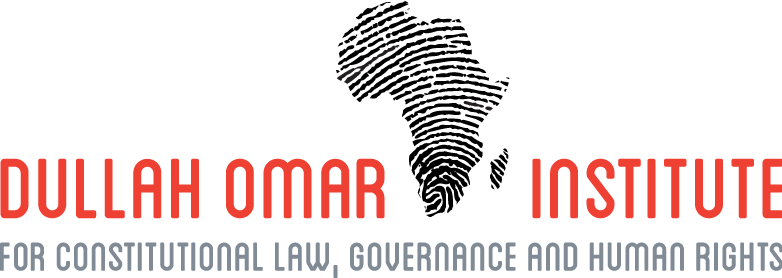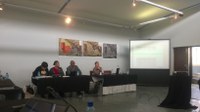CLC’s researcher testifies at the Khayelitsha Commission
She stated that policing burden is not distributed equally. Any method of determining resources which deviates from the per capita method, must be checked against per capita figures for obvious anomalies. The SAPS method fails this test. A method is suggested which sees a minimum number allocated to each station, and then the remaining resources distributed according to a method which uses per capita figures to distribute most resources, but takes some account of reported crime as well as the true serious violent crime rate, as indicated by the murder rate.
Redpath pointed out that the issue of allocation by the state of human resources to policing is one which impinges on various constitutional rights, such as the right to safety and security of the person, dignity, life, and equality before the law, inter-related with the right not to be unfairly discriminated against. Her submission was on the issue of relative resourcing of police areas. She pointed out that the issue is whether the distribution of state resources on policing, which impinge on the protection or realisation of these rights, is unequal to the extent that it amounts to unfair discrimination.
Variations in allocations per capita are prima facie an indication of unequal distribution of resources. Where the distribution of human resources in policing is not only unequal from area to area, but areas comprising predominantly poor and black people are particularly under-resourced, indirect discrimination on protected constitutional grounds exists. Such unequal resourcing is automatically unfair unless the state can show that the allocations are fair.
“I have been asked to review the relative resourcing of police stations in the Western Cape, comment on the method employed by the SAPS to determine relative resourcing, and propose a fair method for determining relative resourcing,” she stated.
CLICK HERE TO READ THE SUBMISSION

